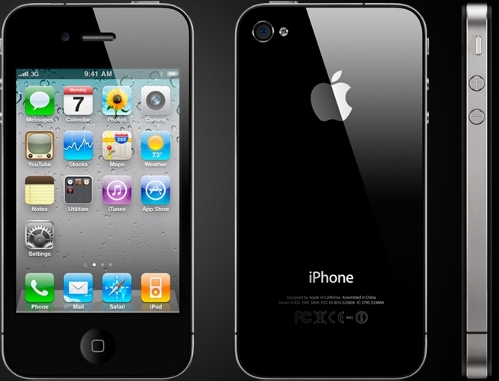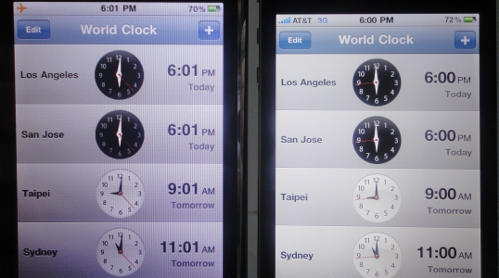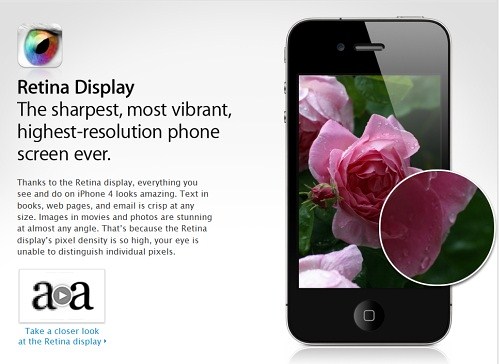Index
Introducing the iPhone 4 – “This changes everything. Again.”
On Thursday, June 24, 2010, Apple launched the iPhone 4, the fourth hardware iteration in its successful smartphone line. Not coincidentally, this was the third time we found ourselves waiting overnight in a continually expanding line outside our local Apple Store in Southern California to be part of the new hardware release. But this particular launch was different in comparison to the past two releases, given that Steve Jobs had announced during WWDC that Apple “will take the biggest leap since the original iPhone” in 2010. While no one at the time knew with certainty what aspects of the iPhone platform Jobs was pertaining to, many came to believe that he was referring to the iPhone 4’s hardware design and new capabilities. On the other hand, some suggested that the introduction of iOS 4 and its multitasking functionality would be the great emphasis for this year. While either of these perspectives may hold some truth to what Jobs had actually implied, we believe this “biggest leap since the original iPhone” refers to a harmonious combination of the device’s new hardware capabilities, processing speed and battery life working in synchronicity with the new software improvements that iOS 4 has to offer.

Regardless of opinion and perspective, Steve Jobs himself went on stage and made the announcement, and a bunch of folks got incredibly excited over the new phone. As a result, pre-orders skyrocketed through the roof, subsequently causing a catastrophic server meltdown and disastrous privacy breach for AT&T. Yet in spite of all this, Apple still mustered up the courage to give the device an official motto that arrogantly defies the face of PR failure and hopes to set the record straight: “This changes everything. Again.”
Retina Display – The facts and the friction
From the press shots released during WWDC, it is immediately noticeable that the physical dimensions of the screen have not changed from previous iterations of the hardware. The iPhone 4 features the same 3.5-inch display as its predecessors, but it manages to pack four times the amount of pixels into the same physical space. Right out of the box, the device sports the highest smartphone display resolution in Q2 2010 with a whopping 960x640 pixels at 326ppi (pixels-per-inch) with an 800:1 contrast ratio. Apple took the liberty of dubbing this design-win the Retina Display, claiming that the “ultra-resolution” of the screen essentially tops what is perceivable by the human eye.


iPhone 3GS (480x320) versus iPhone 4 Retina Display (960x640)
But of course, the marketing bluff has not gone without a fair counterargument against Apple’s technology claims. Wired Magazine spoke to Dr. Raymond Soneira, president of DisplayMate Technologies and a Ph.D. in theoretical physics from Princeton University, who disagreed with Apple’s suggestion that the Retina Display exceeded the “300 pixels-per-inch” quoted as the limit for an average eye. Although he agreed that the iPhone 4’s display is “likely the best on the market,” he explained that it was inaccurate to measure the resolution of the eye in terms of pixels, because the eye actually has an angular resolution of 50 degrees per cycle.
In other words, to make an accurate comparison between the resolution limit of the human eye and pixels on a screen, the angular resolution needs to be converted into linear resolution. After calculating the conversions, Soneira concluded that a more accurate “retina display” would have a pixel resolution of 477ppi at 12 inches. “The marketing puffery is now in control,” Soneira said. “Everything that’s being said now is just this superamplified imaginary nonsense, and the only way to get people’s attention now is making more outlandish statements.
“[Market puffery] hurts companies that make good products, like Apple, because they can’t really put the specs out because everybody is lying,” Soneira explained. If you have the world’s greatest display and we launched it and put down the real scientific numbers, we’d go bankrupt because our numbers look like the worst display being made.”



